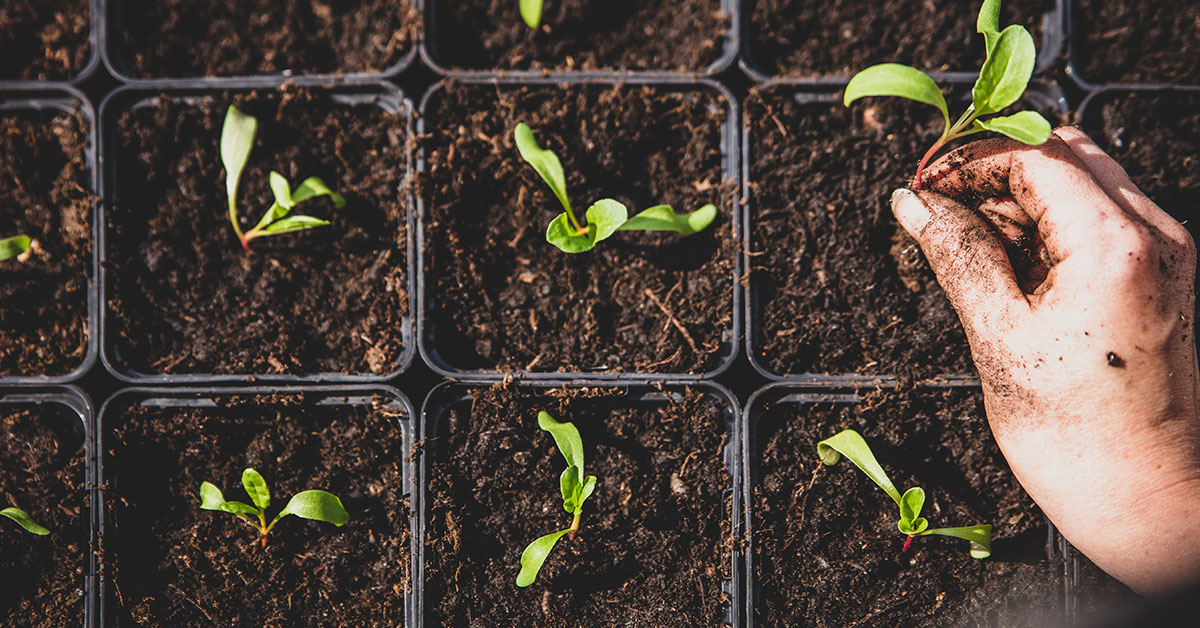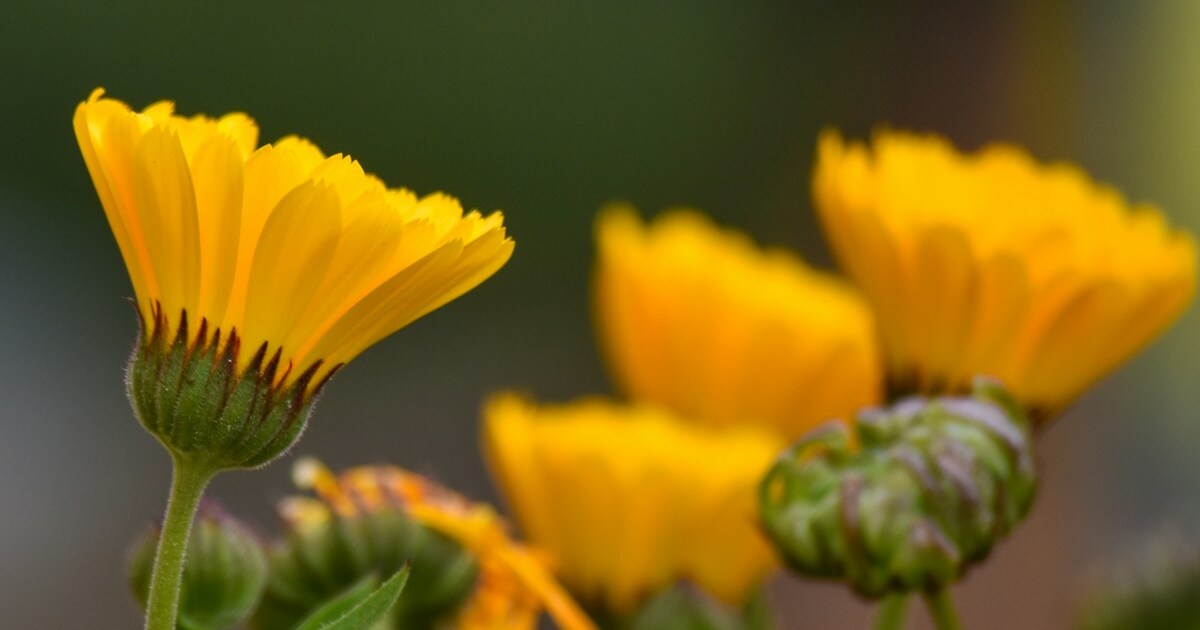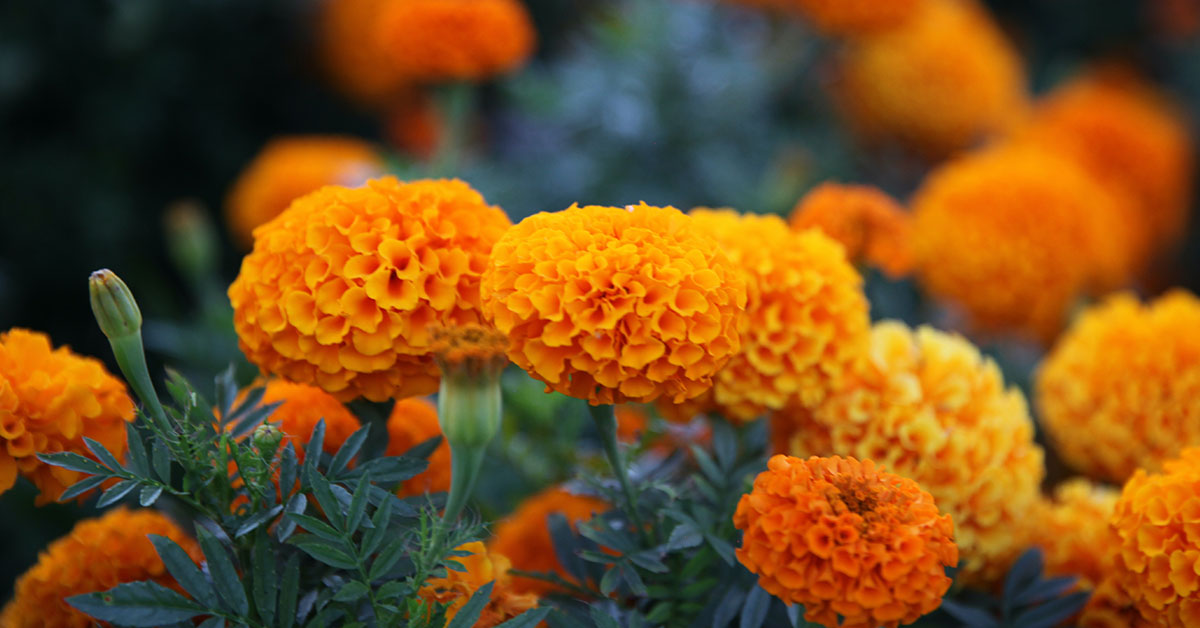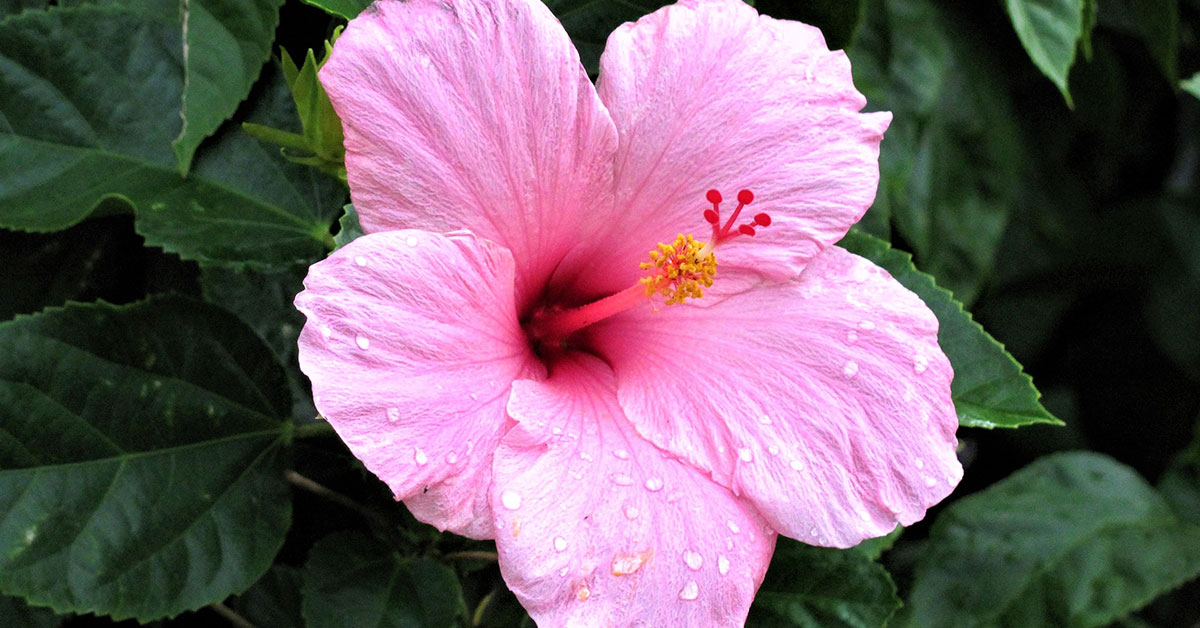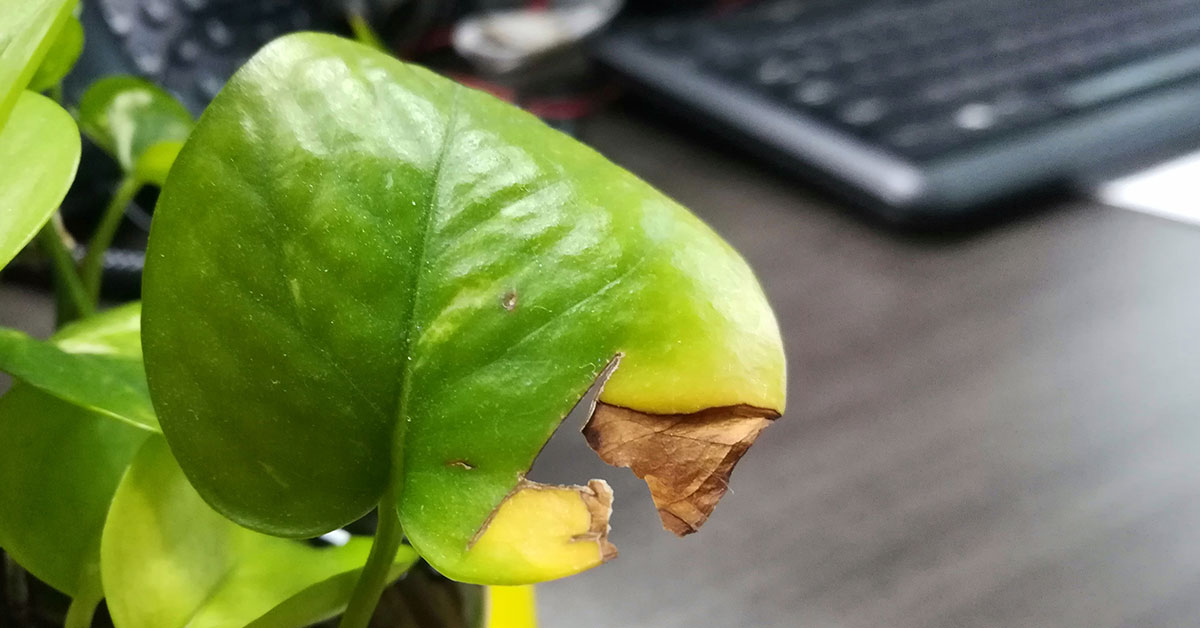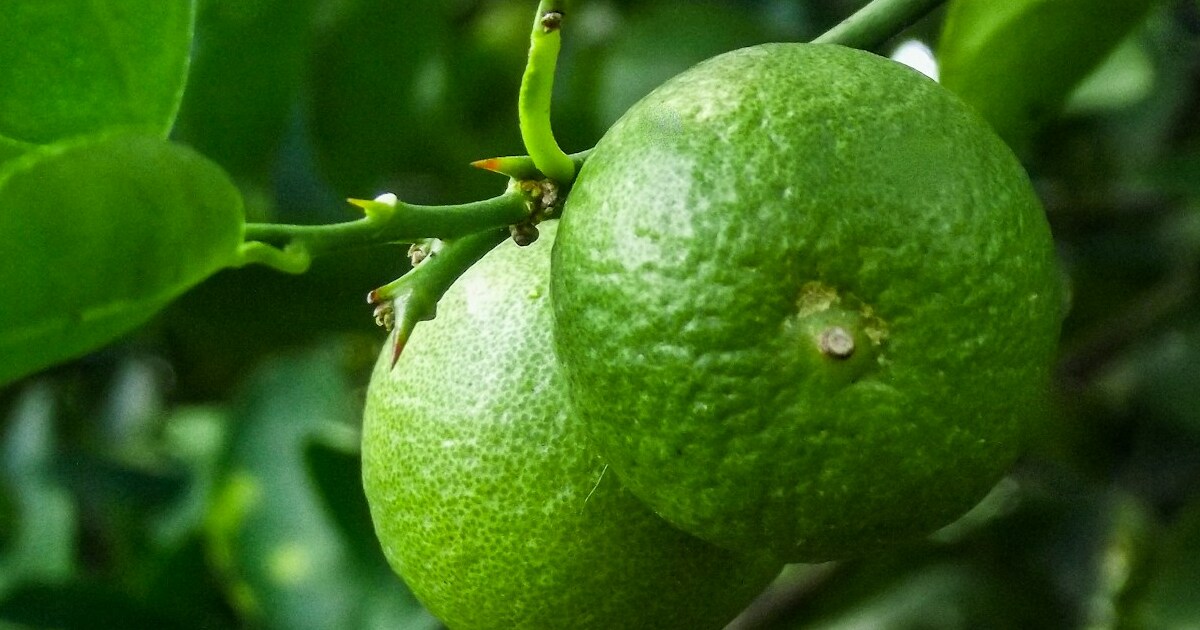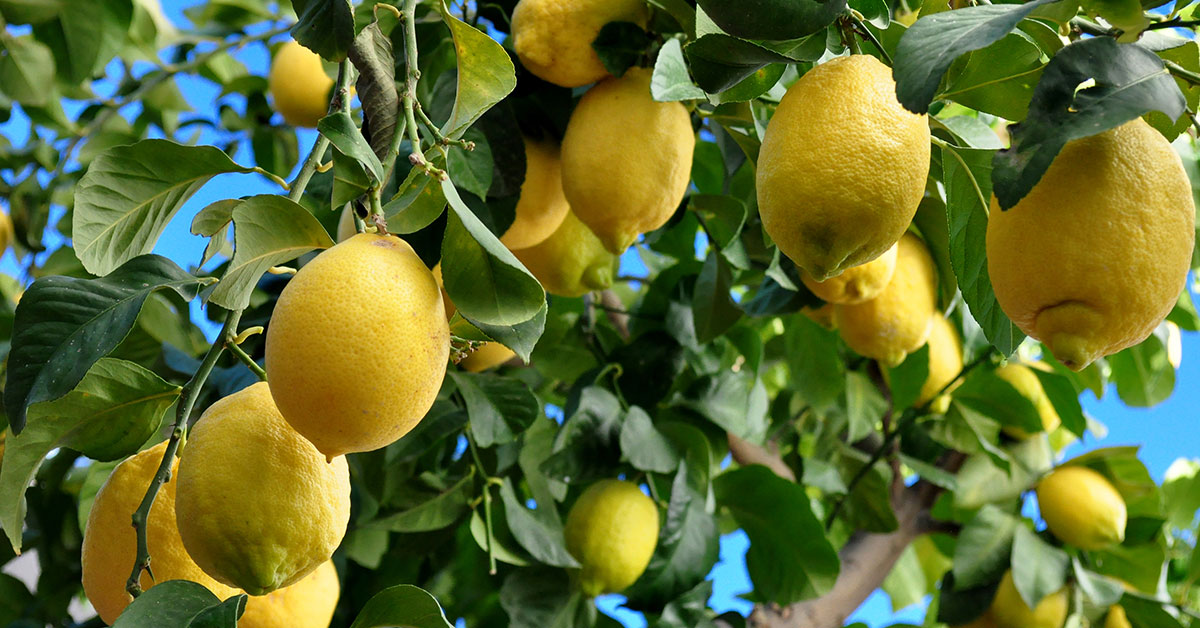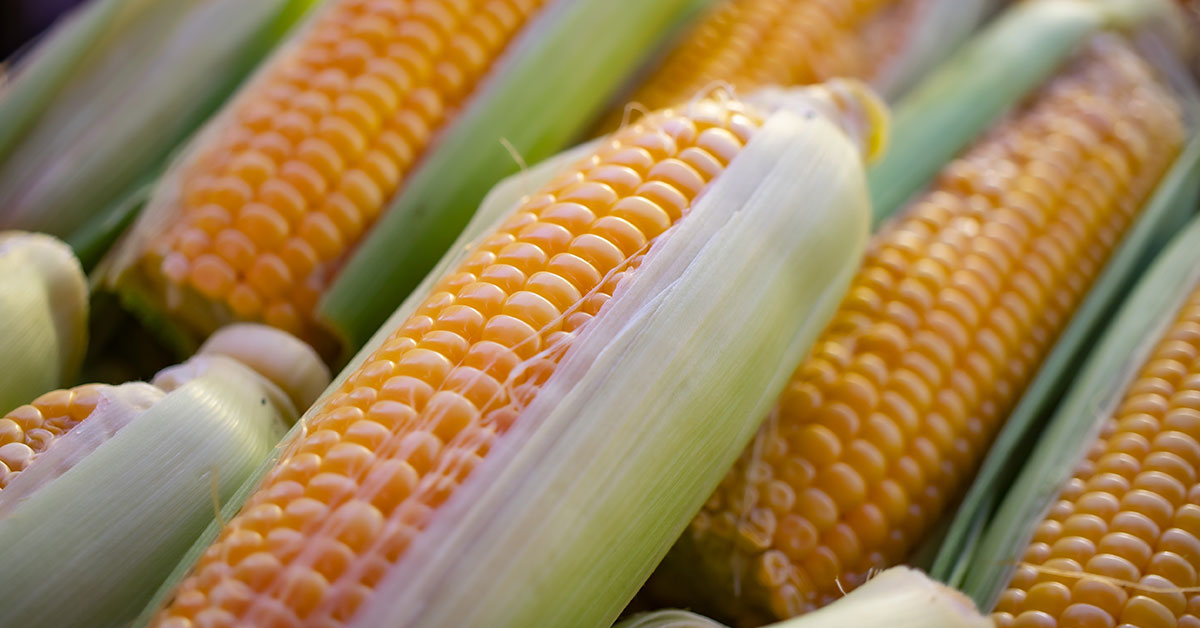Rocket arugula, also known as arugula or roquette, is a vibrant and versatile leafy green that has gained immense popularity in recent years. With its peppery and slightly nutty flavor, rocket arugula not only adds a unique twist to salads, but also enhances the taste of various dishes. This cool-season annual, scientifically known as Eruca vesicaria, is a member of the Brassicaceae family, which includes other cruciferous vegetables like broccoli, cabbage, and kale. Rocket arugula is not only delicious but also incredibly nutritious, packed with vitamins, minerals, and antioxidants that support overall health.
Whether you are an experienced gardener or a novice plant enthusiast, cultivating rocket arugula in your garden is a gratifying and rewarding experience. In this comprehensive guide, we will explore the various aspects of rocket arugula, from its history and characteristics to the best practices for growing and caring for this remarkable green, ensuring a bountiful harvest that will impress both your taste buds and your culinary endeavors.
What is a Rocket Arugula?
Rocket arugula, also known as arugula or roquette, is a leafy green vegetable that belongs to the Brassicaceae family. It is a popular salad green with a distinct peppery flavor and is commonly used in various culinary preparations. Rocket arugula has elongated leaves that are deeply lobed, giving them a unique appearance. The leaves are dark green in color, and they have a slightly wrinkled or ruffled texture. The plant can grow up to 2 feet in height and produces small white flowers when it matures.
One of the key characteristics of rocket arugula is its intense, peppery taste. The flavor is often described as sharp, tangy, and slightly bitter, which adds a zesty kick to salads and other dishes. This distinct flavor profile sets rocket arugula apart from other leafy greens like lettuce or spinach.
Rocket arugula is highly nutritious and packed with vitamins and minerals. It is an excellent source of vitamin K, vitamin A, folate, calcium, and magnesium. It also contains antioxidants, which help protect the body against harmful free radicals. In terms of cultivation, rocket arugula is relatively easy to grow. It thrives in cool climates and can be grown in both garden beds and containers.
The plant prefers well-drained soil and requires regular watering to keep the soil moist. Rocket arugula grows quickly, and its leaves can be harvested when they reach around 2-3 inches in length. Overall, rocket arugula is a versatile and flavorful green that can be enjoyed in salads, sandwiches, pasta dishes, and even as a pizza topping. Its peppery taste and nutritional value make it a popular choice among gardeners and food enthusiasts alike.
What does Rocket Arugula taste like?
Rocket arugula, also known as wild rocket or simply arugula, has a unique and distinct taste that sets it apart from other salad greens. It has a peppery, slightly bitter flavor that intensifies as the leaves mature.
The taste of rocket arugula can be described as sharp, tangy, and slightly spicy, with a hint of nuttiness. Some people compare its flavor to mustard greens or radishes. It has a refreshing and crisp bite, making it a popular addition to salads, sandwiches, and pesto sauces.
When consumed, rocket arugula leaves leave a pleasant tingling sensation on the palate, adding a zesty kick to your dishes. Its strong flavor can complement milder ingredients in a salad or provide a bold contrast when paired with sweeter fruits or creamy cheeses.
Overall, the taste of rocket arugula is vibrant and robust, making it a favorite among those who enjoy a more assertive and peppery flavor profile in their meals.
How to start from seed
Starting rocket arugula (Eruca vesicaria subsp. sativa) is a relatively simple process. Here’s a step-by-step guide to get you started:
- Selecting seeds: Look for high-quality rocket arugula seeds from a reputable source. You can find them at local nurseries, garden centers, or online seed suppliers. Consider choosing organic seeds if possible.
- Germination: Rocket arugula can be directly sown outdoors or started indoors. If you have a shorter growing season or want to get a head start, indoor germination is recommended. a. Indoor germination: Start by filling seed trays or small pots with a good quality seed starting mix. Moisten the soil, but avoid making it too wet. Sprinkle the seeds evenly on the surface, about ¼ inch apart. Gently press them into the soil or lightly cover them with a thin layer of soil. b. Outdoor sowing: If you prefer sowing directly in the garden, choose a sunny spot with well-draining soil. Prepare the soil by removing any weeds or debris and loosening it with a garden fork or hoe. Sow the seeds thinly, about ¼ inch deep, and cover them lightly with soil.
- Watering: Keep the soil consistently moist, but not waterlogged, throughout the germination process. For indoor germination, use a spray bottle or misting device to avoid disturbing the seeds. When sowing outdoors, water gently to prevent washing away the seeds.
- Temperature and light: Rocket arugula thrives in cool temperatures between 50-75°F (10-24°C). If starting indoors, place the seed trays or pots in a warm location, such as near a sunny window or under grow lights. Once the seeds germinate, move them to a spot with bright, indirect light or transition them to outdoor conditions gradually.
- Thinning seedlings: Once the seedlings have developed their first set of true leaves, thin them out to prevent overcrowding. For indoor seedlings, choose the strongest and healthiest plants, and gently lift them from the tray using a spoon or transplanting tool. Space the seedlings at least 4-6 inches apart. If sowing outdoors, thin the seedlings by cutting off the weaker plants at ground level, leaving the strongest ones to grow.
- Care and maintenance: Keep the plants well-watered throughout their growth. Water deeply when the top inch of soil feels dry. Apply a layer of organic mulch around the plants to conserve moisture, suppress weeds, and regulate soil temperature. Avoid overwatering or letting the soil dry out completely.
- Harvesting: Rocket arugula is ready for harvest in about 4-6 weeks after sowing, or when the leaves reach a desired size. You can either harvest individual leaves or cut the entire plant about 1 inch above the soil level. Regular harvesting promotes continuous growth and prevents the plants from going to seed too quickly.
Remember to follow any specific instructions provided on the seed packet for best results. Rocket arugula is a relatively fast-growing and flavorful green that can be enjoyed in salads, sandwiches, or garnish. Enjoy the process and the fresh, peppery taste of your homegrown rocket arugula!
Planting and growing Rocket Arugula
To plant and grow Rocket Arugula, you can follow these steps:
- Choose a suitable location: Rocket Arugula prefers full sun but can tolerate partial shade. Ensure that the soil is well-drained and rich in organic matter.
- Prepare the soil: Loosen the soil to a depth of about 6-8 inches. Remove any rocks, weeds, or debris. Incorporate compost or well-rotted manure to improve soil fertility and drainage.
- Sow the seeds: Rocket Arugula can be directly sown in the garden or started indoors and transplanted later. If starting indoors, sow the seeds in seed trays or pots about 4-6 weeks before the last frost date. Sow seeds about ¼ inch deep and 1 inch apart. If sowing directly in the garden, sow the seeds in rows, keeping a spacing of about 12-18 inches between each row.
- Watering: Keep the soil consistently moist during the germination period. Once the seedlings have emerged, water deeply but infrequently, allowing the soil to dry out slightly between waterings. Avoid overwatering, as it can lead to root rot.
- Thin the seedlings: When the seedlings are about 2-3 inches tall, thin them out to maintain a spacing of around 4-6 inches between each plant. This will allow enough space for the plants to grow and receive adequate sunlight.
- Fertilization: This is a fast-growing plant that benefits from regular feeding. Apply a balanced organic fertilizer every 4-6 weeks or use a slow-release fertilizer according to the package instructions.
- Harvesting: The leaves can be harvested when they are young and tender, typically around 4-6 weeks after sowing. You can either harvest individual leaves or cut the whole plant about 2 inches above the soil level. Regular harvesting promotes continuous growth and prevents the plants from going to seed quickly.
- Pests and diseases: This plant is relatively resistant to pests and diseases. However, keep an eye out for common pests like flea beetles or aphids. If necessary, use organic pest control methods such as neem oil or insecticidal soap.
By following these steps, you should be able to successfully plant and grow Rocket Arugula in your garden. Enjoy your fresh and flavorful harvest!
When to harvest
The best time to harvest rocket arugula depends on personal preference and the desired level of spiciness. Generally, rocket arugula can be harvested when the leaves are young and tender, usually around 4-6 weeks after sowing the seeds. At this stage, the leaves will be small and have a milder flavor.
If you prefer a more intense and peppery taste, you can wait a little longer to harvest when the leaves have grown larger, around 6-8 weeks after sowing. However, be mindful that the leaves can become more fibrous and slightly bitter if left too long.
To harvest, simply cut the leaves off at the base of the plant, leaving a few leaves behind for the plant to continue growing. This method allows for multiple harvests throughout the growing season.


